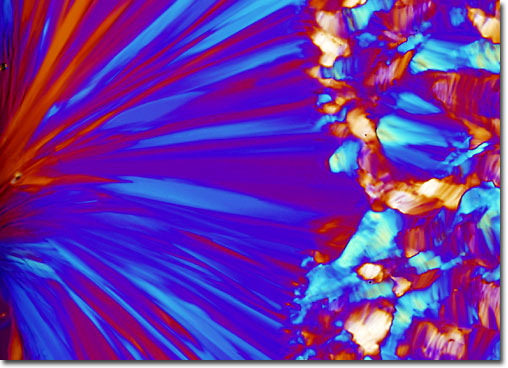|
Chemically similar in some regards to acetylcholine, within the body, atropine interferes with the nerve impulses normally conveyed by the neurotransmitter. The effects resulting from this action are numerous and diverse. Inhibition of the vagus nerve, for instance, usually causes an increase in heart rate, while the relaxation of smooth muscle comprising the bronchial tubes as well as the drying of saliva and nasal secretions clear the air passages and make breathing easier. Atropine also eases spasms in the intestines and dilates the pupils. Other, less desirable, effects of atropine usage may include light-headedness, dizziness, confusion, soreness of the eyes, and skin rash.
|
